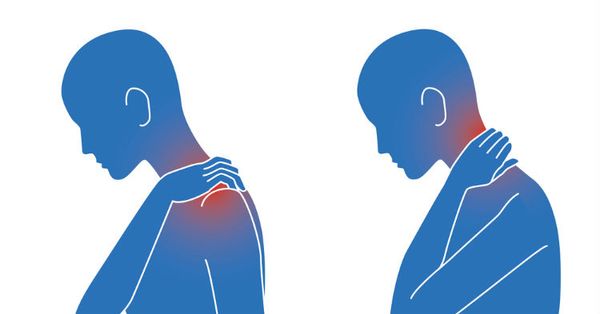
The term brain aneurysm can be quite alarming. We’ve all heard stories of people who experienced a sudden and tragic event with no warning signs. But it doesn’t have to be that way. Neurosurgeons are urging everyone, especially those between 45 and 65 years old, to be aware of the warning signs that could potentially save lives.
Recently, a 41-year-old mom named Lee Broadway tragically lost her life too soon to a brain aneurysm. Lee had been familiar with migraines, but one day she experienced an excruciating headache like never before. Concerned, her husband Eric immediately rushed her to the hospital. Sadly, the doctors confirmed that she had suffered a brain aneurysm, and she passed away just two days later.
To prevent such heartbreaking incidents, it’s important to know the warning signs associated with brain aneurysms. Keep an eye out for the following symptoms:
- Seizures
- Blurred or double-vision
- A painful headache like you’ve never had before
- Over-sensitivity to light that suddenly occurs
- An instant stiff neck
- Constant feeling of nausea and the urge to vomit
- Drooping eyelids
- Losing consciousness
- Feeling numb in the face
- A stabbing pain above or behind a single eye
- Hearing noises similar to gunshots or explosions
Determining whether these symptoms are indicative of a migraine or something more serious can be challenging. However, if you experience any of these additional symptoms along with a severe headache, it’s essential to seek immediate medical attention.
A brain aneurysm occurs when there is a weak area in the wall of an artery that supplies blood to the brain. In many cases, an aneurysm doesn’t produce noticeable symptoms. Unfortunately, in rare cases, the aneurysm can rupture, causing blood to leak into the skull and potentially leading to a stroke.
If a brain aneurysm ruptures, it results in a subarachnoid hemorrhage, which can cause brain damage or even death, depending on its severity.
While some people may have a genetic predisposition to develop aneurysms, there are other risk factors to consider. Those who have previously had an aneurysm are more likely to have another one. Additionally, race plays a role, and African Americans are at a higher risk compared to Caucasians. People with high blood pressure are also more susceptible, and smoking, which increases blood pressure, can be a significant risk factor for a ruptured brain aneurysm.
It’s always important to stay informed about medical conditions, statistics, and trends. This knowledge can potentially save lives, both yours and the lives of your loved ones. Even if you’re hesitant to visit the doctor, it’s always better to get checked out if something doesn’t feel right. Remember, it’s better to be safe than sorry.





